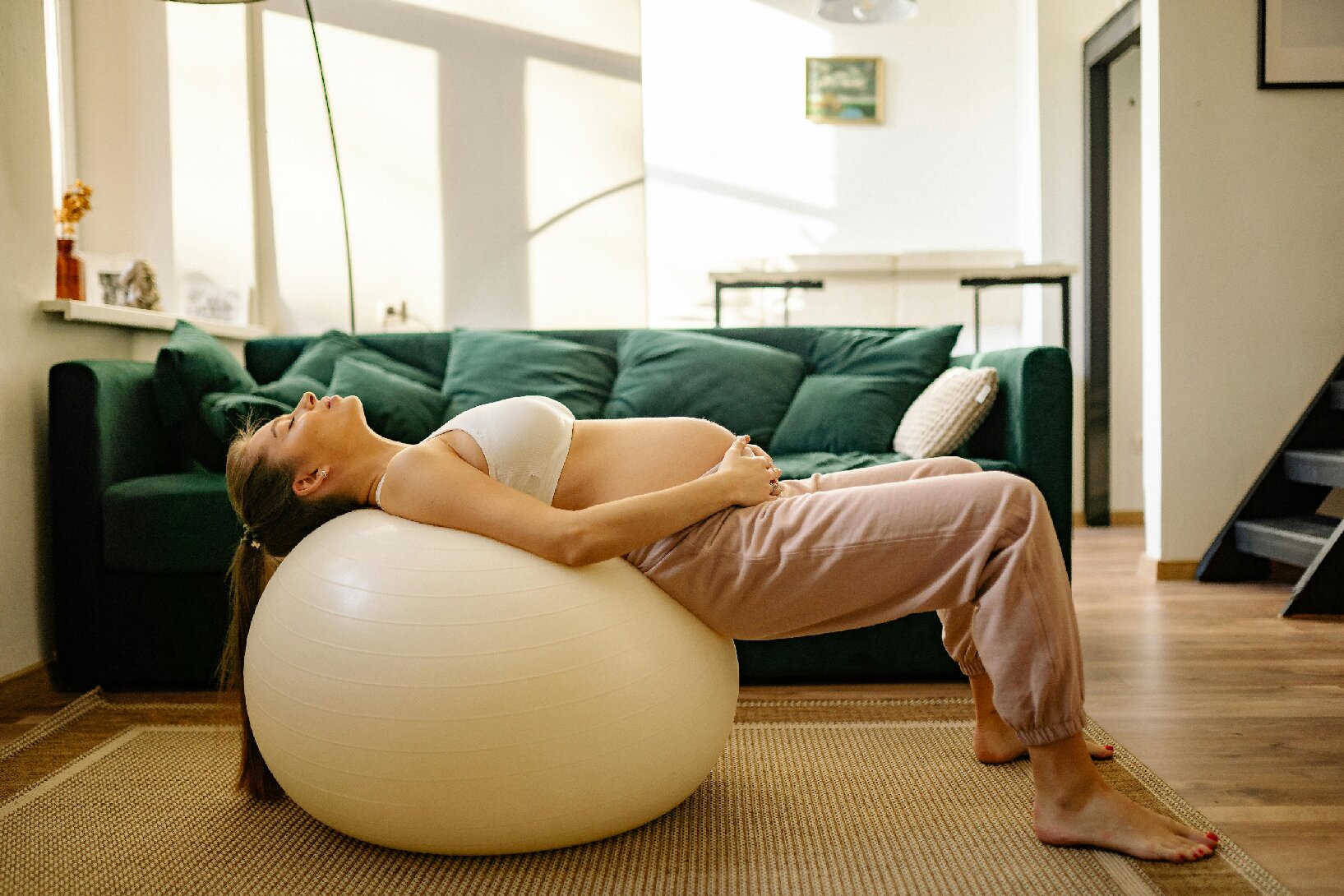Home
Pregnancy & Breastfeeding Tips for New Moms: Preconception, Pumping & Parenting Support
Exercise When Pregnant | Managing a Safe and Effective Pregnancy Workout Plan

Exercise When Pregnant | Managing a Safe and Effective Pregnancy Workout Plan
If you’ve recently discovered that you’re pregnant, it’s normal to have all types of questions. One of the many questions that obstetricians get asked frequently is, “can I exercise when I’m pregnant?” As a general rule, it is considered safe to exercise while you’re pregnant and you can continue to exercise the way you did before you got pregnant because your body is already used to it. That being said, this is not the time to start a new exercise and there are exceptions to every rule.

Pregnancy Workout Plan for Each Trimester
When it comes to a pregnancy workout plan, the first thing that you should do is check with your doctor. If your pregnancy and overall health are good, you can continue to exercise the way you did before you got pregnant, but there are exceptions. You may have a high-risk pregnancy, and if that’s the case, your exercise routine may have to change. Again, always check with your doctor to make sure that your workout routine is appropriate.
As far as your first trimester, here are the four main things to concentrate on:
- Your legs. Try doing hamstring curls using a stability ball. Lay flat on the ball, including your head and neck, and lift your hips off the ball before using your legs to roll the ball backwards.
- Your core. Postpartum low-back pain is common, so try doing planks and reverse planks to strengthen your core so that your back is stronger.
- Your pelvic floor. A strong pelvic floor makes childbirth easier, so try doing Kegel exercises while lying on a yoga mat.
- Your cardio health. If the doctor gives you permission, make sure that you get regular moderate exercise that strengthens the heart and lungs.
Keep in mind that a lot of things happen to your body when you’re pregnant and regular exercise can help you keep up with all of those changes, both physically and emotionally.
For your second trimester, keep doing what you’re doing and add the following activities:
- For your legs, add some lunges and some sumo squats. Do your lunges at a 90-degree angle, and the squats will help glutes and leg muscles.
- For your core, add the bird dog, which is done on all fours with your right arm and left leg extended, and the farmer’s carry, which is basic walking while holding light weights in your arms.
- For your pelvic floor, continue to do your Kegels and practice breathing from your diaphragm while in a sitting position.
- Finally, continue to do cardio exercises. Add a modified version of jumping jacks called step jacks, as well as baby burpees, which are similar to carefully touching your toes.
All of these exercises can be looked up online so you can learn exactly how to do them. Keep in mind that exercising regularly helps with your stability and balance, and it also makes weight control during pregnancy a lot easier. In short, there are numerous advantages to making exercise a regular part of your life for those precious nine months.
Finally, let’s take a look at what to do for your third trimester.
- Your leg exercises can include calf raises, where you stand straight against the wall and lift your feet up to exercise those calves.
- Your core exercises can include a side plank with your knee down. For this one, you’re on your side and lifting your body up and down for several sets.
- Your pelvic floor exercises should include your Kegels, but you may have to stop doing the bridges for now.
- With your cardio exercises, it’s best to switch to more low-impact exercises, including swimming and walking.
Some Tips to Remember When Exercising While Pregnant
Exercising is good for pregnant women, but keep in mind that it isn’t always easy. There are certain tips you should follow when determining your own pregnancy workout program, starting with these:
- Always modify the exercises to fit your comfort needs, and remember that what you can do in your first trimester isn’t necessarily good for the third trimester. Adjust your actions as needed the further along you get.
- Do not participate in hot yoga and make sure that you never get too hot when doing other exercises. Your body temperature should never be too warm. This is especially important during the first trimester.
- Drink lots of water before, during, and after you work out. In fact, whether you exercise or not, it’s necessary to stay well hydrated at all times when you’re pregnant.
- Never lay on your back for long periods of time, particularly in your third trimester. If you lie on your back too long, you might compress a vein called the vena cava, which supplies needed oxygen to the baby.
- Never participate in any type of contact sports while you’re pregnant.
- Try to wear some type of supportive clothing as you exercise, such as a belly band and a sports bra.
It also bears repeating that you should never do anything unless you get the approval from your doctor, which is the most important tip of all.
Conclusion
Exercising throughout your pregnancy has numerous advantages and as long as your doctor approves of the type of exercise you’re doing, you’re free to go ahead and do it. Some exercises will have to be modified to accommodate the physical limitations that are part of pregnancy, but the good news is that most pregnant women can do most types of workouts as long as their pregnancy is progressing as it should.
Share


